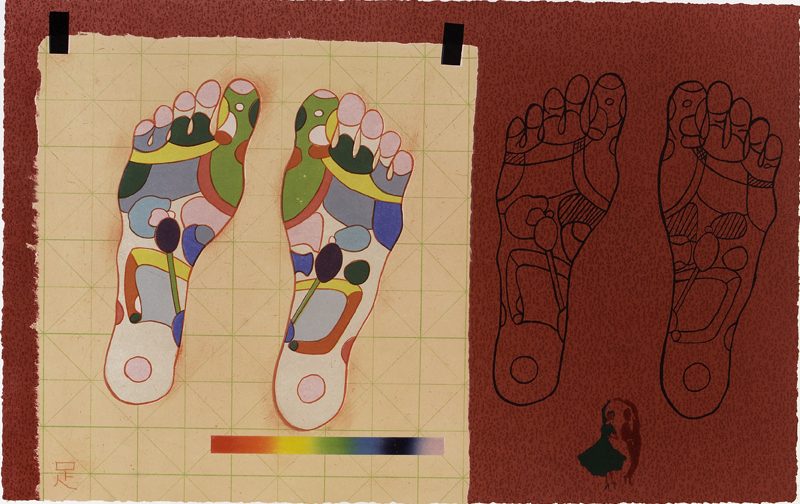Introduction to The King’s Fund Digital Archive
Posted onSelection of documents that have been scanned and are available through the King's Fund Digital Archive
The King's Fund is a charity that works to improve health care in England. Established in 1897 as an initiative of the then Prince of Wales, the initial purpose of the Fund was to raise money for London's voluntary hospitals, which at the time offered the only health services available to poor people in the capital. The charity has been renamed over the years (firstly, King Edward's Hospital Fund for London and then later, The King's Fund) and our role has evolved accordingly, reflecting the significant and ongoing changes to health care in England.
Our digital archive records nearly 2,000 digitised King's Fund publications dating from 1898. This unique resource not only records our history and our work, but also the health of people living in the capital and the development of the NHS. The collection doesn't contain any medical records, but it does provide a rare insight into the early voluntary hospital system in London. In the early 20th century, before the NHS was established, there was no central body responsible for collecting information about hospitals, such as bed numbers, costs and expenditure. However, the considerable funding provided to London hospitals gave the Fund influence to achieve reform and improvement. For example, the Fund made it a condition of awarding grants to hospitals that they produce, for the first time, standardised accounts and hospital statistics.
While our digital archive reflects the nature of our work, I should point out that it is really a digital repository for King’s Fund publications. We don’t use the system to store any archival material (our original archive collection is kept in the safe custody of London Metropolitan Archives), so effectively it is a digital library. However, we called it a ‘digital archive’ to reflect the nature of the collection within and to differentiate it from our extensive physical library collection, which includes non-King’s Fund publications. As a former archivist, I originally found the title hard to accept, but I admit that it does have a better ring to it than ‘digital repository’.
We currently use E-Prints as the underlining repository system for the digitised images, and the Universal media viewer (originally the Wellcome digital player) for rendering the images into viewable packages on our library website. At the moment, we are investigating other digital repository systems as we want to expand the collection to include new materials, such as images and born-digital documents and files. One system we’re interested in is the open-source Hydra repository, particularly because of its ability to utilise plugins that enhance collection management and curation. It’s a new area that we are excited to explore, as it will allow the library to showcase these materials in more dynamic ways.
Explore The King’s Fund digital archive here: http://archive.kingsfund.org.uk







![Just me [a song book for children]](https://healtharchives.co.uk/wp-content/uploads/2017/06/KF_Songs-for-Children-230x183.png)

